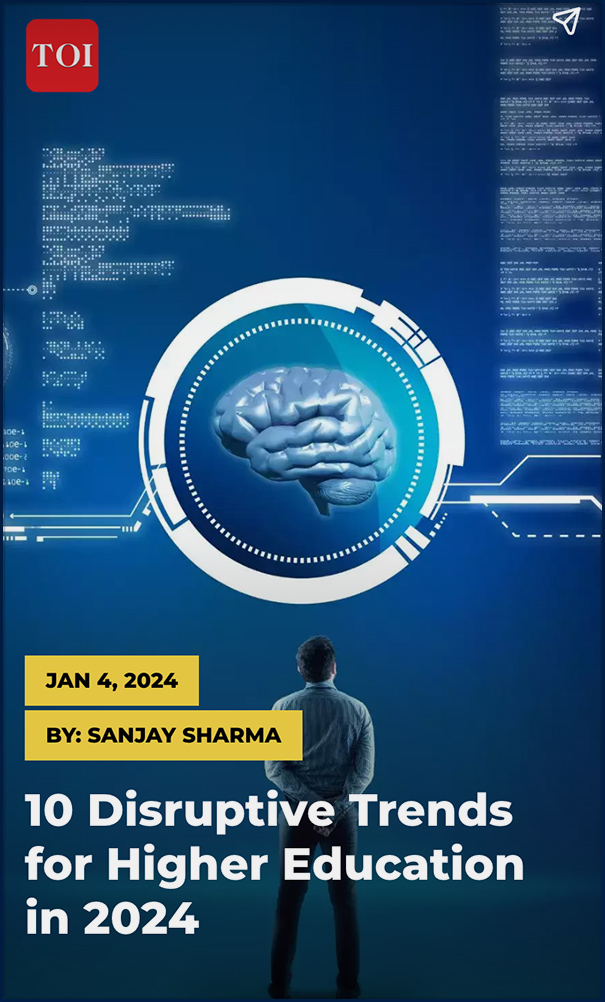Using Generative AI throughout the Institution — from aiedusimplified.substack.com by Lance Eaton
8 lightning talk on generative AI and how to use it through higher education
The magic of AI to help educators with saving time. — from magicschool.ai; via Mrs. Kendall Sajdak
Getting Better Results out of Generative AI — from aiedusimplified.substack.com by Lance Eaton
The prompt to use before you prompt generative AI
Last month, I discussed a GPT that I had created around enhancing prompts. Since then, I have been actively using my Prompt Enhancer GPT to much more effective outputs. Last week, I did a series of mini-talks on generative AI in different parts of higher education (faculty development, human resources, grants, executive leadership, etc) and structured it as “5 tips”. I included a final bonus tip in all of them—a tip that I heard from many afterwards was probably the most useful tip—especially because you can only access the Prompt Enhancer GPT if you are paying for ChatGPT.
Exploring the Opportunities and Challenges with Generative AI — from er.educause.edu by Veronica Diaz
Effectively integrating generative AI into higher education requires policy development, cross-functional engagement, ethical principles, risk assessments, collaboration with other institutions, and an exploration of diverse use cases.
Creating Guidelines for the Use of Gen AI Across Campus — from campustechnology.com by Rhea Kelly
The University of Kentucky has taken a transdisciplinary approach to developing guidelines and recommendations around generative AI, incorporating input from stakeholders across all areas of the institution. Here, the director of UK’s Center for the Enhancement of Learning and Teaching breaks down the structure and thinking behind that process.
That resulted in a set of instructional guidelines that we released in August of 2023 and updated in December of 2023. We’re also looking at guidelines for researchers at UK, and we’re currently in the process of working with our colleagues in the healthcare enterprise, UK Healthcare, to comb through the additional complexities of this technology in clinical care and to offer guidance and recommendations around those issues.
From Mean Drafts to Keen Emails — from automatedteach.com by Graham Clay
My experiences match with the results of the above studies. The second study cited above found that 83% of those students who haven’t used AI tools are “not interested in using them,” so it is no surprise that many students have little awareness of their nature. The third study cited above found that, “apart from 12% of students identifying as daily users,” most students’ use cases were “relatively unsophisticated” like summarizing or paraphrasing text.
For those of us in the AI-curious bubble, we need to continually work to stay current, but we also need to recognize that what we take to be “common knowledge” is far from common outside of the bubble.
What do superintendents need to know about artificial intelligence? — from k12dive.com by Roger Riddell
District leaders shared strategies and advice on ethics, responsible use, and the technology’s limitations at the National Conference on Education.
Despite general familiarity, however, technical knowledge shouldn’t be assumed for district leaders or others in the school community. For instance, it’s critical that any materials related to AI not be written in “techy talk” so they can be clearly understood, said Ann McMullan, project director for the Consortium for School Networking’s EmpowerED Superintendents Initiative.
To that end, CoSN, a nonprofit that promotes technological innovation in K-12, has released an array of AI resources to help superintendents stay ahead of the curve, including a one-page explainer that details definitions and guidelines to keep in mind as schools work with the emerging technology.














